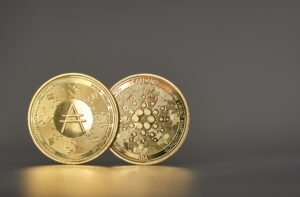The tech industry has seen countless innovations, but few have experienced the dramatic rise of a seemingly mundane technology becoming a cultural and economic phenomenon over the past decade.
Initially dismissed as boring and utilitarian, the technology in question gradually gained widespread adoption, driven by advancements in user experience, integration into daily life, and the proliferation of smart devices. This shift illustrates how innovations perceived as incremental can, over time, redefine entire markets.
The transformation of this technology into a must-have gadget underscores the importance of contextual factors, including improvements in hardware, software, and ecosystem support, that can elevate a basic technology into a front-line consumer product. Its evolution highlights the importance of simplicity and reliability in building consumer trust and satisfaction.
This trend has significant implications across various sectors, from consumer electronics to enterprise solutions. As the technology matures, it has become a backbone for smart homes, wearable devices, and even industrial applications, demonstrating its versatility and broad appeal.
Industry analysts suggest that the success of this technology was fueled by a combination of market timing, strategic investments, and consumer demand for connectivity and convenience. The rise of related accessories and services further embedded it into everyday life, fueling continuous growth.
Looking ahead, investors and companies are keenly watching innovations that could further enhance this technology’s capabilities, including AI integration and more sustainable manufacturing. The evolution of this seemingly dull tech also raises questions about future disruptions and the next big shift in consumer electronics.
What makes a technology go from boring to blockbuster?
Often, it’s the combination of improving user experience, expanding ecosystem support, and addressing real consumer needs that transforms a mundane technology into a popular gadget.
How has the evolution of this technology impacted the market?
This technology has driven new business models, created jobs, and spurred innovation across multiple sectors, reinforcing its role as a critical component of modern life.
What should consumers and investors watch for in this tech’s future?
Emerging advancements, such as AI integration and sustainability efforts, are likely to shape the next phase of growth, making this technology even more central to future innovations.







